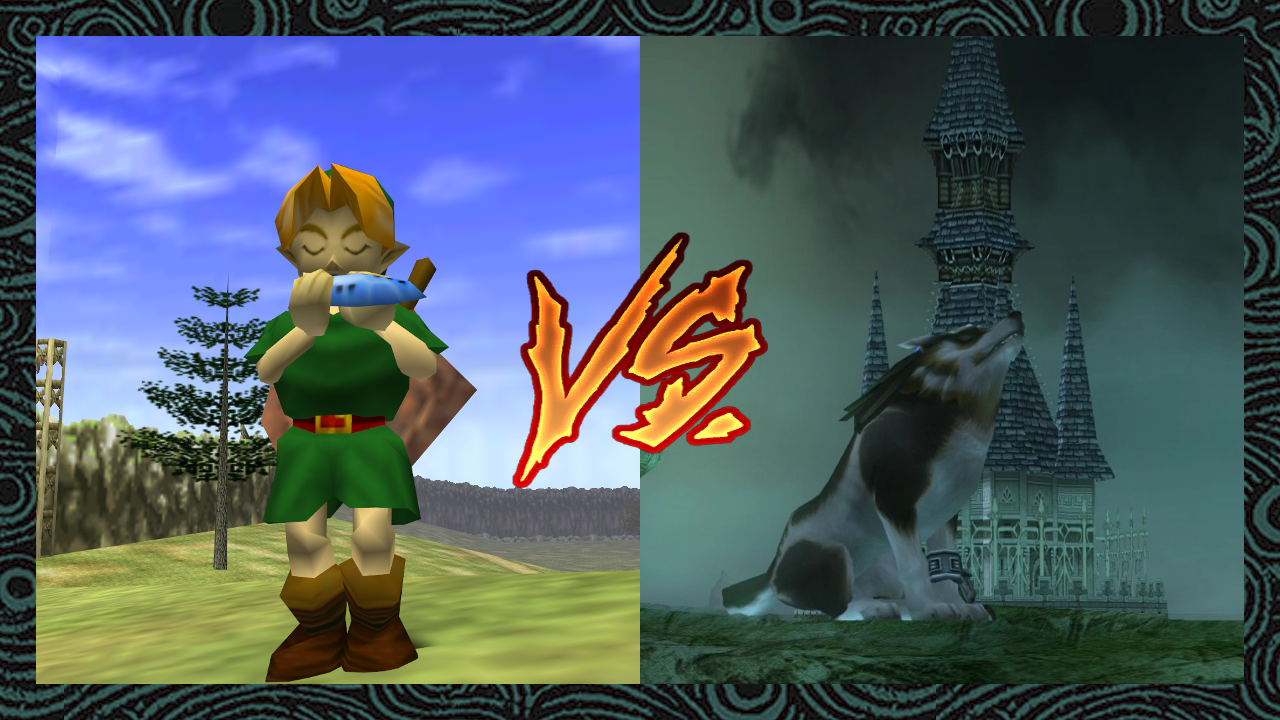
Even the gastrointestinal noises in the Inside Jabu-Jabu's Belly dungeon started as a sample from one of these libraries. Similarly, the " boing" sound in the Goron City theme is also a sample, " Per_co14," from the same library. Kondo added reverb and altered the sound's pitch to create the catchy beat Zelda fans know and love today. How Zelda Music Used Third-Party Sound Samples It's a simple sample, yet composer Koji Kondo's creative use of the sound is part of what gives the Water Temple theme its mysterious and aquatic atmosphere.

For example, the background melody of Ocarina's Water Temple theme appears to be composed entirely of a single sample - " Pad 36 C4," from the Best Service Gigapack sound library - played at different pitches. Related: How Nintendo Censored Ocarina Of Time's 3DS RemakeĪs reported by GameTrailers, many of the samples used in Ocarina of Time's music were discovered by members of the HCS Forum community. However, the Fire Temple theme is far from the only Zelda song that includes samples from commercial sound libraries. The chants appeared in certain early prints of Ocarina of Time cartridges, but Nintendo removed them in subsequent runs, likely to mitigate potential controversy. The most well-known example of this sampling is the Islamic chanting heard in the original version of Ocarina's Fire Temple theme.

But fans of Ocarina of Time's legendary soundtrack might be surprised to learn some of its most iconic sounds were sampled from commercial sound libraries.

The Legend of Zelda: Ocarina of Time 's soundtrack is evidence enough that Nintendo spares no expense when it comes to hiring its composers. A major part of the lasting popularity of Nintendo games is the studio's incredible library of music.


 0 kommentar(er)
0 kommentar(er)
